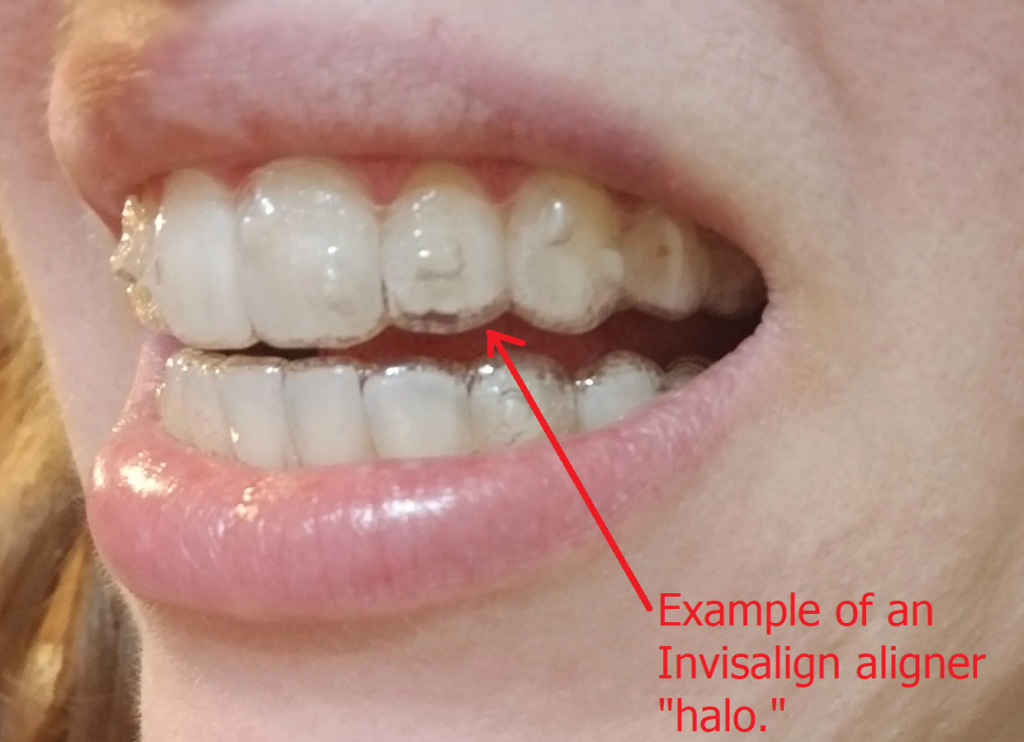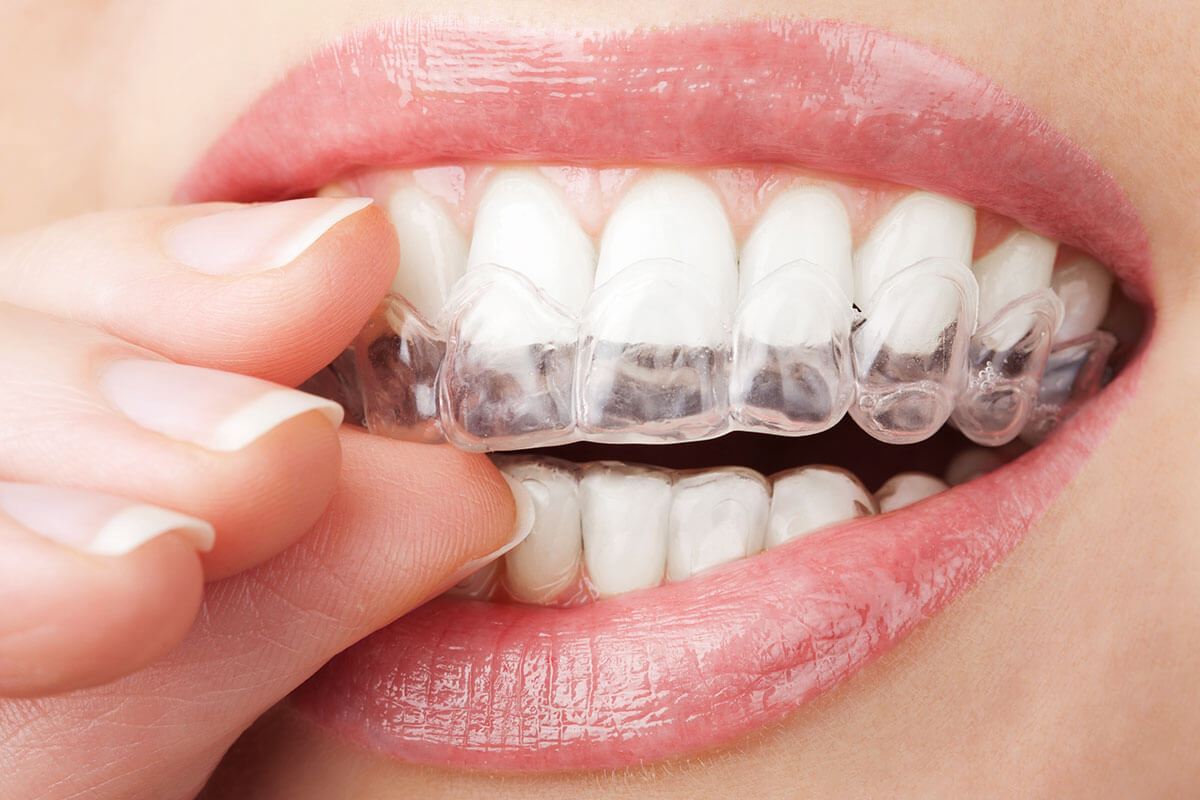Invisalign vs. Typical Braces: Which Alternative Is Right for You?
When considering orthodontic therapy, the choice in between Invisalign and traditional dental braces presents numerous important variables that merit careful examination. Invisalign offers a discreet choice with detachable aligners, while conventional braces supply a more visible yet effective option for extreme imbalance. Each alternative incorporates distinctive advantages and drawbacks associated with aesthetic appeals, convenience, therapy period, and price. Understanding these nuances is vital for making an informed decision that lines up with your individual preferences and way of life. The inquiry remains: which alternative will best fulfill your orthodontic needs and expectations?
Introduction of Therapy Choices

On the other hand, traditional braces include metal brackets and cords that are bonded to the teeth. This technique uses continuous pressure with time to achieve positioning. While effective for complicated orthodontic issues, standard braces call for routine sees for modifications and can position challenges in maintaining dental hygiene as a result of the difficulty of cleaning up around cords and braces.
Both alternatives have their benefits, and the option commonly pivots on details oral conditions, lifestyle preferences, and person compliance. Eventually, consulting an orthodontic professional is essential for figuring out one of the most ideal therapy strategy customized to private requirements. Comprehending the nuances of each choice can dramatically affect the general success of orthodontic therapy.
Aesthetic Factors To Consider
A substantial variable affecting the choice between Invisalign and traditional braces is the visual appeal each treatment provides. Invisalign aligners are crafted from clear plastic, making them basically unnoticeable when used. This very discreet appearance is especially interesting grownups and teenagers who may really feel uncomfortable regarding their orthodontic therapy. The ability to preserve an all-natural smile throughout the placement process can dramatically improve the client's self-confidence in social and expert setups.
On the other hand, traditional dental braces consist of steel brackets and wires, which can be extra recognizable. While improvements in orthodontic innovation have led to the growth of smaller brackets and tinted elastics, conventional braces still maintain a more obvious profile. For some people, the exposure of braces may discourage them from seeking required therapy.
Ultimately, the selection in between Invisalign and typical dental braces might depend upon personal preferences regarding aesthetics. Clients that focus on discretion frequently favor Invisalign, while those who are less worried concerning visibility may go with conventional dental braces. Understanding the aesthetic implications of each choice is important for making an educated choice that lines up with one's way of living and preferences.
Convenience and Convenience

In terms of convenience, Invisalign aligners are removable, enabling people to appreciate their preferred foods without limitation and maintain optimum oral health. Brushing and flossing are simplified, as the aligners can be obtained throughout these routines, whereas typical dental braces require mindful navigating around brackets and cables.
In contrast, typical braces demand routine adjustments, making them less hassle-free for those with busy routines. Overall, the comfort and convenience of Invisalign make it an appealing selection for numerous people looking for orthodontic treatment.
Treatment Period and Effectiveness
While both Invisalign and standard braces are reliable in correcting dental misalignments, the period of about his treatment can vary significantly in between the two options. Typically, Invisalign treatment can take anywhere from 12 to 18 months, their explanation depending upon the intricacy of the instance. The clear aligners work by slowly changing teeth into their desired positions, and routine follow-ups with an orthodontist assistance make certain progression remains on course.
In comparison, traditional braces typically call for a longer dedication, generally ranging from 18 months to three years. This is because of their set nature and using braces and cables, which can be a lot more reliable for complex cases and severe misalignments (Invisalign). The treatment effectiveness of traditional braces is well-documented, as they enable exact modifications and higher control over tooth motion
Eventually, the choice between Invisalign and conventional dental braces may depend upon both the anticipated therapy period and the certain oral problems available. Consulting with an orthodontist is vital, as they can supply tailored recommendations based on individual needs, ensuring the picked method aligns with desired end results and durations.
Cost Contrast and Insurance Policy Options
Cost plays a significant role in the decision-making procedure for people considering orthodontic treatment, whether choosing Invisalign or traditional braces. On average, the price of Invisalign ranges from $3,000 to $8,000, while standard braces typically cost in between $2,000 and $6,000. Factors influencing these expenses consist of the intricacy of the instance, the duration of therapy, and geographical area.
Insurance policy protection can significantly influence out-of-pocket expenses. Lots of dental insurance policy plans give partial protection for orthodontic therapies, however the specifics can differ widely. It is crucial for individuals to review their insurance coverage to figure out the level of coverage for discover here either alternative. Typically, typical braces might be extra often covered by insurance policy plans contrasted to Invisalign, which some insurance providers classify as a cosmetic procedure.
Additionally, a number of orthodontic methods provide versatile settlement strategies, making both treatment options much more obtainable. People should ask about potential financing options and discount rates for in advance repayments. Reviewing the total expense, consisting of insurance policy advantages and layaway plan, is necessary for making an educated choice that straightens with both aesthetic preferences and budget plan considerations.

Final Thought
In recap, the option in between Invisalign and traditional dental braces depends upon several aspects, including aesthetic preferences, convenience, therapy duration, and cost. Invisalign offers a very discreet, detachable choice that helps with oral health and nutritional versatility, while standard braces may be more ideal for intricate dental issues and often come with a lower price factor. Inevitably, appointment with an orthodontist is necessary to examine individual circumstances and determine one of the most ideal therapy choice for achieving optimum dental alignment.
When taking into consideration orthodontic treatment, the choice in between Invisalign and traditional dental braces presents numerous essential variables that merit careful analysis.Comparing Invisalign and traditional dental braces exposes distinctive treatment alternatives for orthodontic modification.While both Invisalign and traditional dental braces are effective in remedying dental imbalances, the duration of treatment can differ substantially in between the two alternatives.Cost plays a substantial role in the decision-making process for people considering orthodontic therapy, whether deciding for Invisalign or standard dental braces.In summary, the option between Invisalign and standard braces hinges on numerous elements, consisting of visual preferences, comfort, therapy duration, and expense.